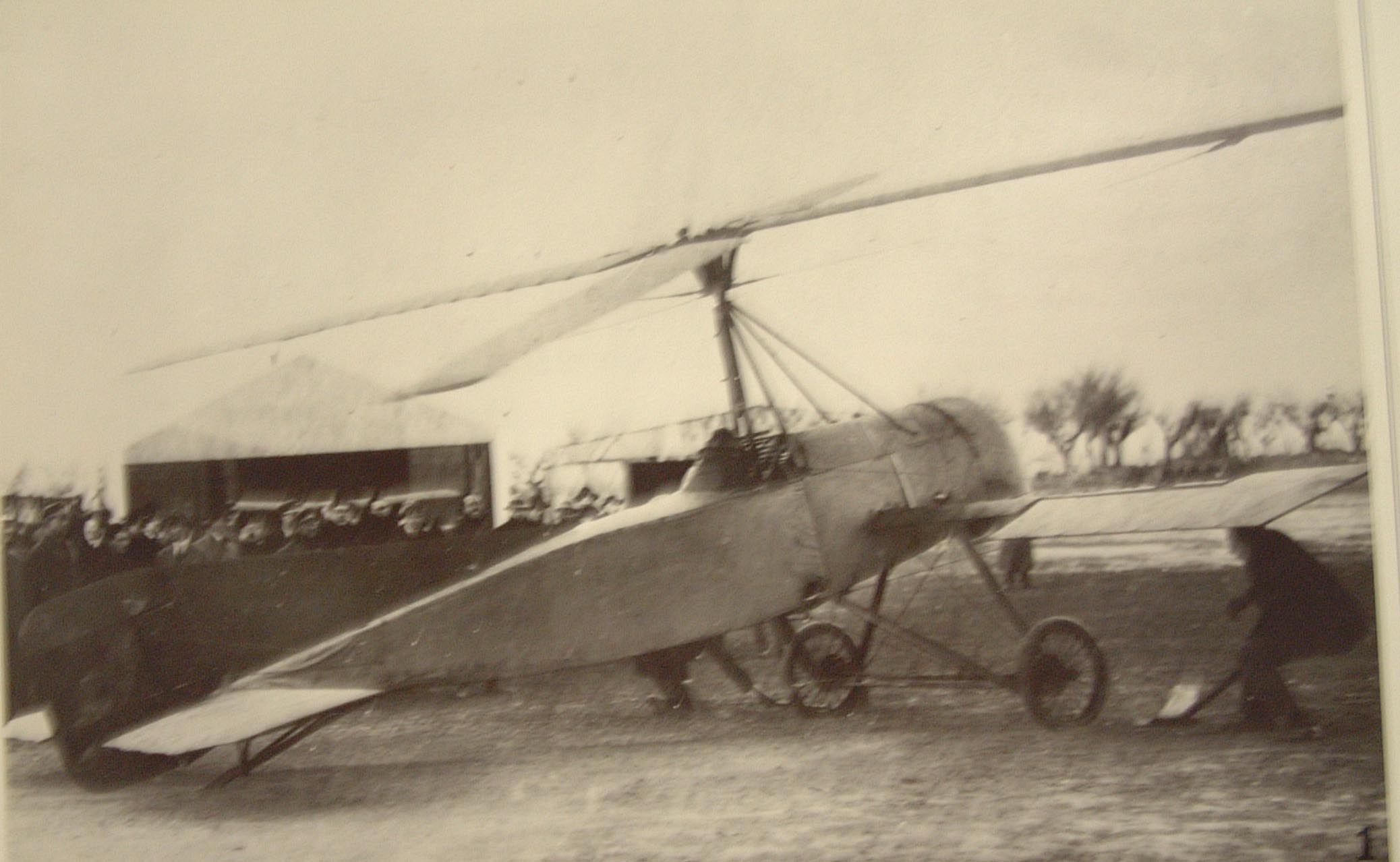Sorry guys: going slightly off topic for a moment -
Hey DaNinga: as a "dude in the know" how often do you actually utilize those more high performance maneuvers in an Apache? For a helicopter that thing has a pretty slick flight envelope, but it's primary roll has typically been anti-tank ... even over ground support, right? You don't really do much ACM in that, do you?
I've always heard that the Cobra will try to kill the pilot who flies it, but it's still a cool lookin' helicopter to see flying. I got to marshall a couple of Marine birds out a few years back. It was fun working right up on 'em.
It really depends on the threat and the environment as to how you use the machines you have. A Cobra was built off a Huey frame during Vietnam. Low intensity, jungle warfare where high energy tactics were the norm. It was later modified in the cold war as a tank killer to deliver TOW missiles on enemy tanks..
The Apache was purpose built as a tank killer. It was designed to stand off from a distance and lob Hellfires at Russian tank columns in the Fulda Gap. Sometimes you need to adapt to your threat though. Desert Storm the Apache was key at destroying armor and ADA sites from a standoff range. Iraqi Freedom called for a return to some high-energy tactics since you really do not want to make a habit of hovering over Sadr City.
BTW: This is what high energy tactics look like when they go wrong.
https://www.youtube.com/watch?v=BcTDwJcO_os
Funny about ACM.. I just pulled an old manual off my shelf. FM 1-17 Air-to-Air Combat, 1984. I retired four years ago, but dogfights with helicopters was not what the weapon systems were designed for.
In an attempt to return to the fixed/rotary discussion.. An airplane's wings are fixed/stationary and require a propeller or jet propulsion to get airflow over the wings. At a certain speed the wing produces lift. Below that speed the wing no longer produces lift.
A helicopter uses an engine (gas or turbine) to spin its wings until they are at a speed that will produce lift. When the engine(s) no longer spins the rotating wings, the pilot has no choice but to auto-rotate to the ground. For those concerned about engine failures in a rotary-wing aircraft, a small fixed-wing aircraft needs about a football field to put the aircraft down. A decent helicopter pilot would put the aircraft in the end zone after an engine failure.























